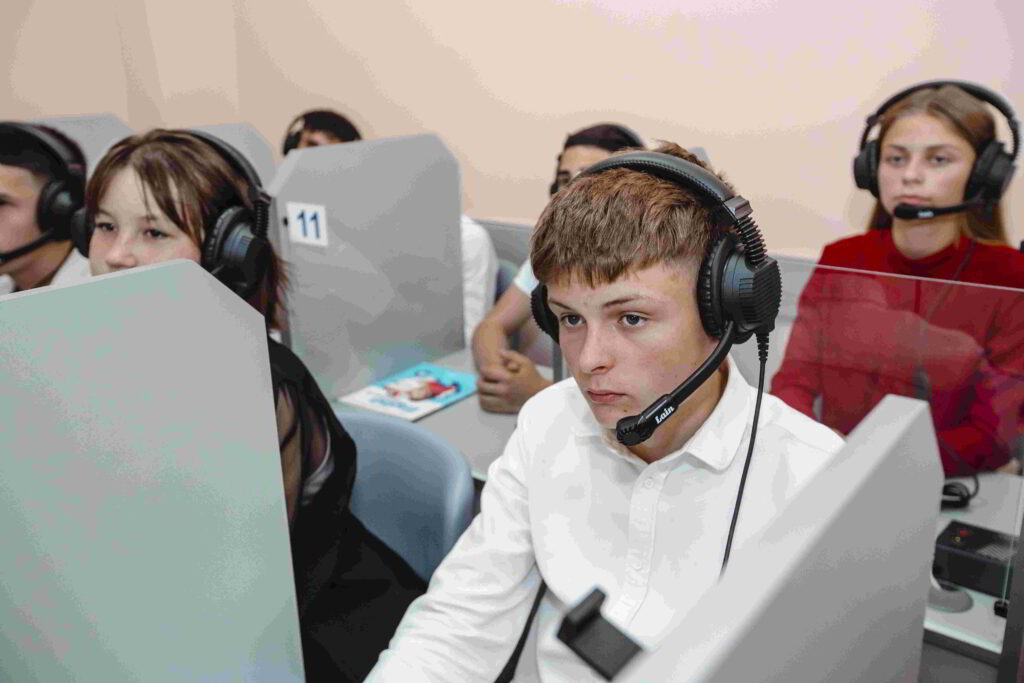Presentation
Lain Lab was founded in May 2016, building on the 20 years’ experience in the educational sector of its founding partners. The company has in-house developers, who are able to customise software functionalities according to customer requirements. Solid integrity and commercial fairness have enabled us to retain customers on all continents. To date, over 2,000 software licences have been sold with a total of over 40,000 learning stations installed.
In addition, the use of the language lab allows students to access information quickly and easily thanks to the Internet connection, and encourages a high degree of skill development and collaborative teamwork.
What is a language laboratory?

Language immersion, the focus on diversity, the fostering of teamwork, are just some of the detached features of language labs that allow teachers to transcend the everyday teaching of a language in concrete terms and enter into the full pursuit of the cognitive process of general foreign language acquisition and learning.
Digital language laboratories are much more than a tool for practising and listening comprehension of languages; they are spaces in which to study and experiment languages with real examples, learn how they work and practise using them. This is why, thanks to the use of advanced multimedia and communication technology, they are open and flexible organisational examples for creating local or virtual workspaces with whatever tools are needed to process philological materials. All this and much more is what is achieved with language laboratories,
comprehensive tools for placing state-of-the-art technology at the service of teachers and students. Language laboratories are increasingly valued elements within educational institutions, as the functions and possibilities they offer are greater than the traditional teaching-learning system.
What does a modern language laboratory consist of?
A modern language laboratory is made up of several elements that form a multifunctional environment using educational technology. The components of language labs include:
– Furniture
– computers
– dedicated hardware
– Headsets
– Software

